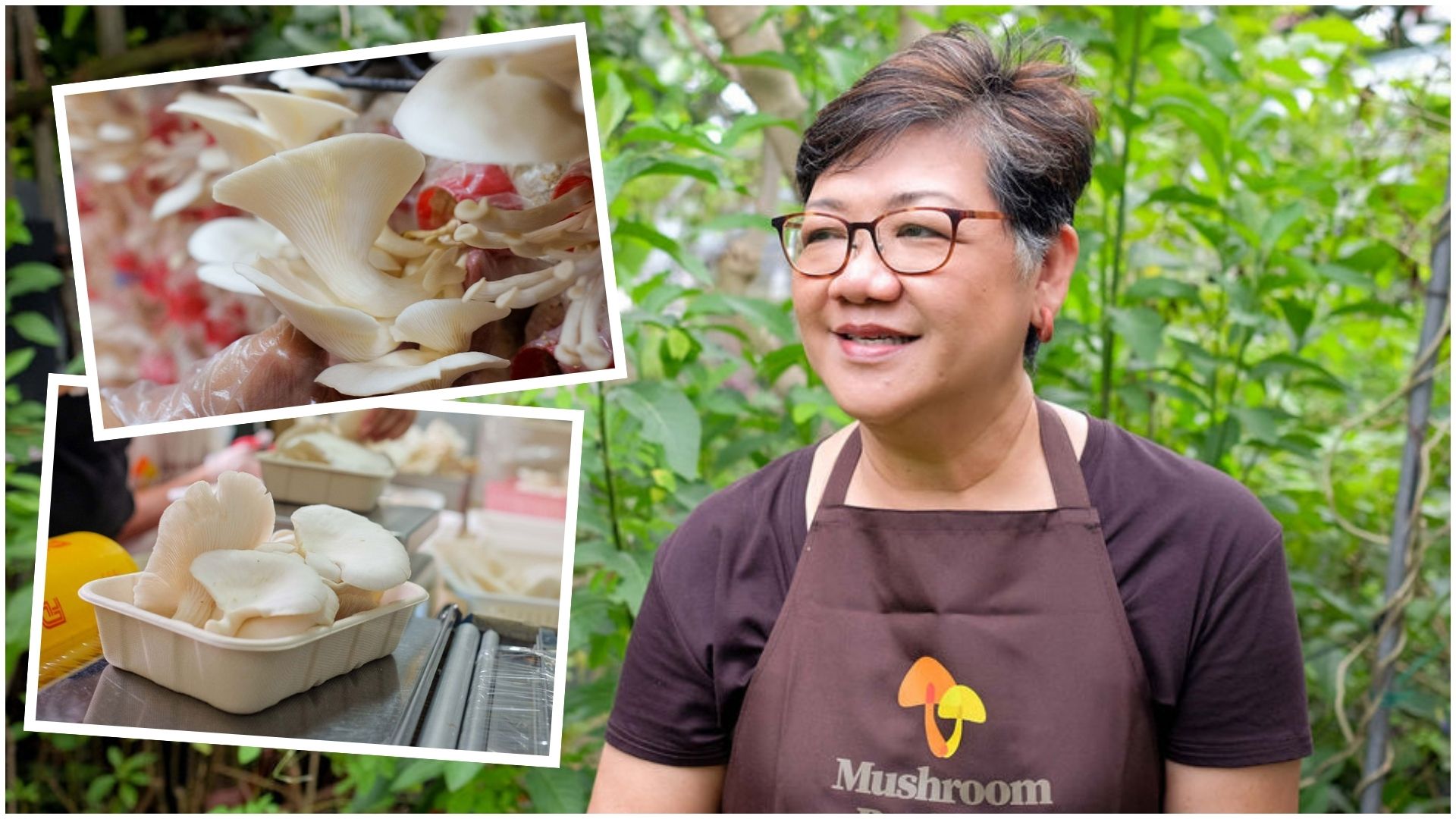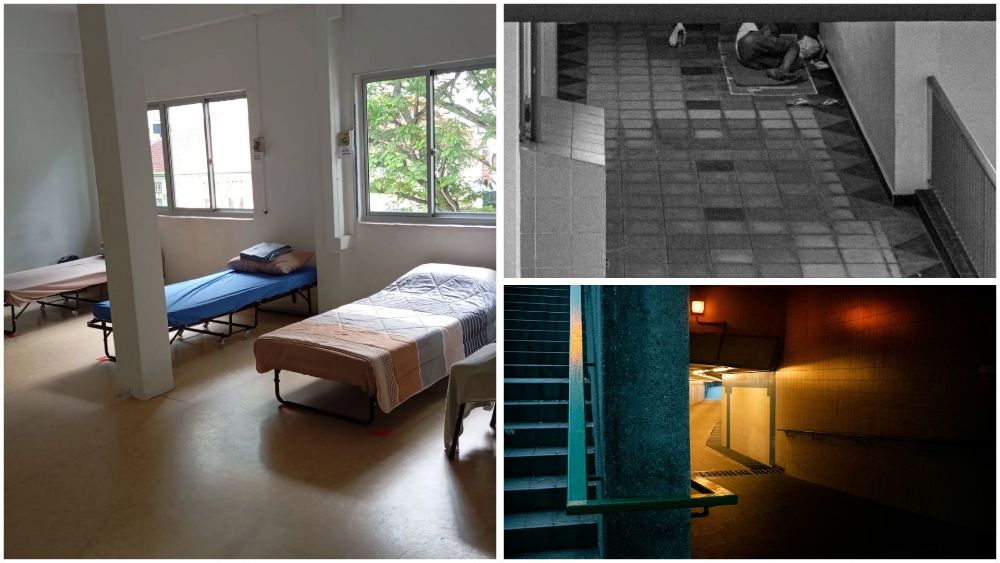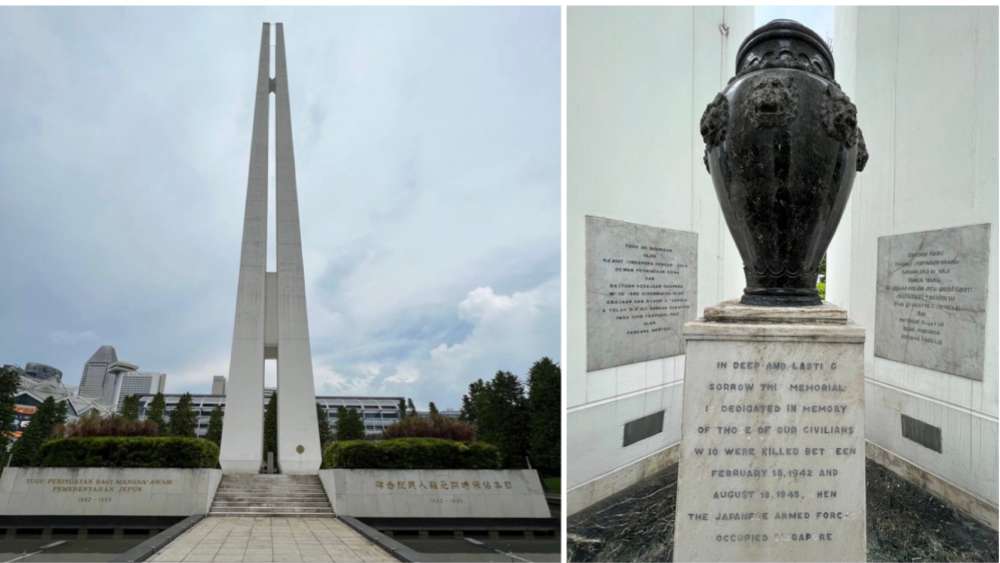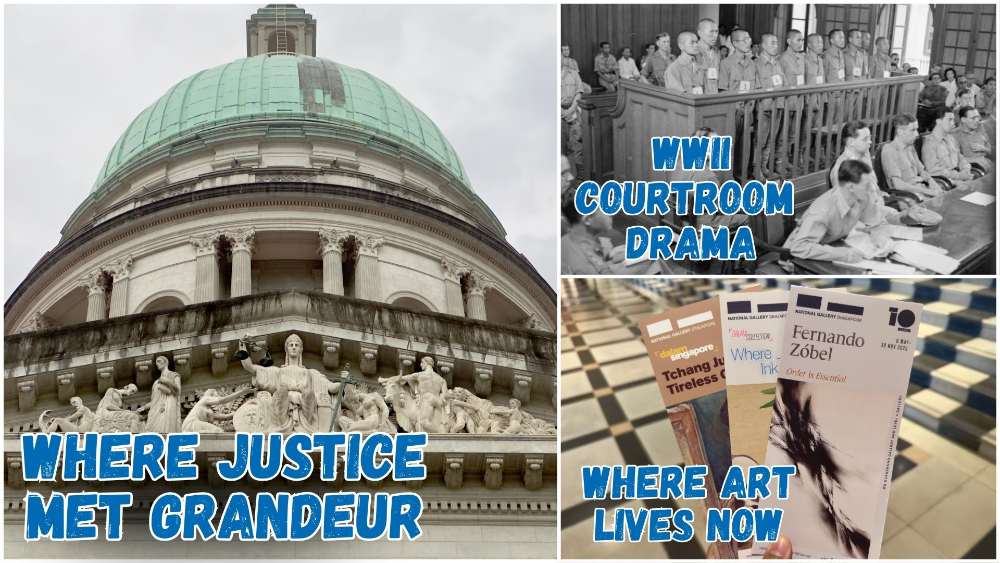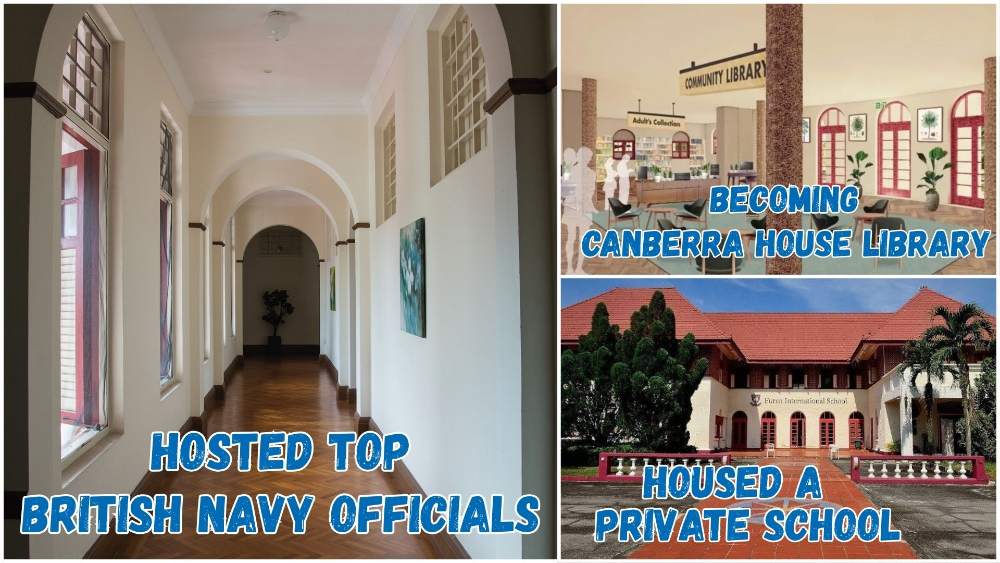National Monuments Of Singapore: Singapore Conference Hall
What is a National Monument? Who gazettes them? How many national monuments are there in Singapore? To date, the Preservation of Sites and Monuments, a division of National Heritage Board, has identified and gazetted 75 buildings, structures and sites of national significance as an integral part of Singapore’s built heritage.
And we're here to tell you all about them - one National Monument at a time!
You've probably passed by or stepped into more than a few of them without realising they were National Monuments: Al-Abrar Mosque, Asian Civilisations Museum, the Civilian War Memorial, Saint Andrew's Cathedral, the Esplanade Park Memorials, Fort Siloso on Sentosa - no need to plan an itinerary for friends visiting from overseas; just show them this article ✌️
In this edition, we zoom in on the first post-colonial building to be gazetted as a National Monument, the Singapore Conference Hall.
📍 Location
The Singapore Conference Hall was the 62nd building to be gazetted as a National Monument. The MRT stations nearest to it are Tanjong Pagar and Shenton Way.
📅 Significant dates
Dates built:
- 8 Aug 1962-Sep 1965: Former Singapore Conference Hall and Trade Union House constructed
- Sep 1999-Sep 2001: Underwent renovations to reopen as the Singapore Conference Hall
Milestones:
- 15 Oct 1965: Former Singapore Conference Hall and Trade Union House
- Sep 2001: Singapore Conference Hall, "Home of the Singapore Chinese Orchestra"
Date gazetted: 28 Dec 2010
📜 History
Origins as the Former Singapore Conference Hall and Trade Union House
During the 1959 general election, the People’s Action Party (PAP) proposed to unify the trade union movement as part of its five-year plan for Singapore. Included in this plan was the promise to build a headquarters for the unions.
In Oct 1960, the PAP government set up a planning committee headed by then-Minister for Labour and Law K. M. Byrne to study the suitability of building the proposed trade union house on a vacant site on Armenian Street, which was previously occupied by St Andrew’s School.
The committee eventually chose a site on Shenton Way in May 1961. The three-acre plot was three times larger than the one on Armenian Street. It was envisioned that the building would provide not only sufficient facilities for STUC and other unions, but also a space to host international conferences.
The government launched an architectural competition on 14 Jun 1961 to select a design for the proposed building. The winning design, submitted by William Lim, Chan Voon Fee and Lim Chong Keat from Malayan Architects Co-Partnership, was announced on 17 Mar 1962.
On 8 Aug 1962, the foundation stone of the Trade Union House was laid by M. S. Munusamy. He was a school janitor who was randomly chosen from 42 rank-and-file workers and trade unionists to represent the common workforce in Singapore to which the building was dedicated.
Construction of the trade union house was completed by Sep 1965 and the $4-million building was opened by then-Prime Minister Lee Kuan Yew on 15 Oct, just two months after Singapore gained independence.
The building comprised two sections: the Trade Union House and the Conference Hall. The former had a canteen and offices for the NTUC Secretariat and unionists. The latter housed an exhibition venue, an auditorium with a seating capacity of 1,000, a press room, rooms for radio and broadcasting facilities, and office spaces.
Reopening as the Singapore Conference Hall
Between 1988 and 1989, the Singapore Conference Hall and Trade Union House was renovated at a cost of $2.5 million to improve the National Trades Union Congress's (NTUC’s) operations. Although the government recognised the need for a new union building by 1990, it was only a decade later that the NTUC relocated its headquarters to bigger premises – the former POSB Centre on Bras Basah Road. The government then leased the Shenton Way building to the Singapore Chinese Orchestra (SCO), which needed a permanent venue for its rehearsals and performances.
After the NTUC moved out, the SCO undertook extensive modifications to the building. The $14.7-million renovation was completed in 2001. The building was reopened as the Singapore Conference Hall on 22 Sep that year by then-Deputy Prime Minister Lee Hsien Loong. The original auditorium is now the SCO Concert Hall. The premises also house a resource library, score library, exhibition hall, sectional practice hall and studios.
⛳️ Milestones
Since its opening, the building has been the site of many historic events. It was the venue for national events like the 1969 state banquet to celebrate both National Day and the 150th anniversary of the founding of modern Singapore. Besides national events, it has also hosted the first Commonwealth Heads of Government conference to be held outside London.
National Day Rally speeches were also given at the Singapore Conference Hall, as well as presentations of the National Day Awards from the 1960s to the 1990s. The election of the first directly elected President of Singapore was held there in 1993.
 IMAGE: NG KAI
IMAGE: NG KAI
📐 Design and architecture
The building's architecture consists of Modernist elements such as a cantilevered (fixed or supported at only one end) roof and terraces incorporated into the building. Its architecture also expresses local identity through the use of vernacular construction materials like local timber for the walls and ceilings.
The monument was also well adapted to the tropical climate in Singapore. Before land reclamation, the building’s orientation and location next to the seafront allowed it to catch the sea breeze. Local hardwood was also used to make sun-breakers to shield the interior from sun rays. The butterfly roof (two roof planes sloped to form a V-shape) enables rainwater to be channelled to and drained via the down-pipe in the middle.
Malayan motifs are also incorporated to decorate the building. For instance, mosaic tiles with Malay mat patterns cover the walls inside the monument; similar tiles were commonly used in local homes during the 1950s.
🕖 Opening hours
Regular visiting hours are daily from 8.30am to 6pm.
🎟️ Admission
Entry is free.
For the latest updates on Wonderwall.sg, be sure to follow us on TikTok, Telegram, Instagram, and Facebook. If you have a story idea for us, email us at [email protected].
